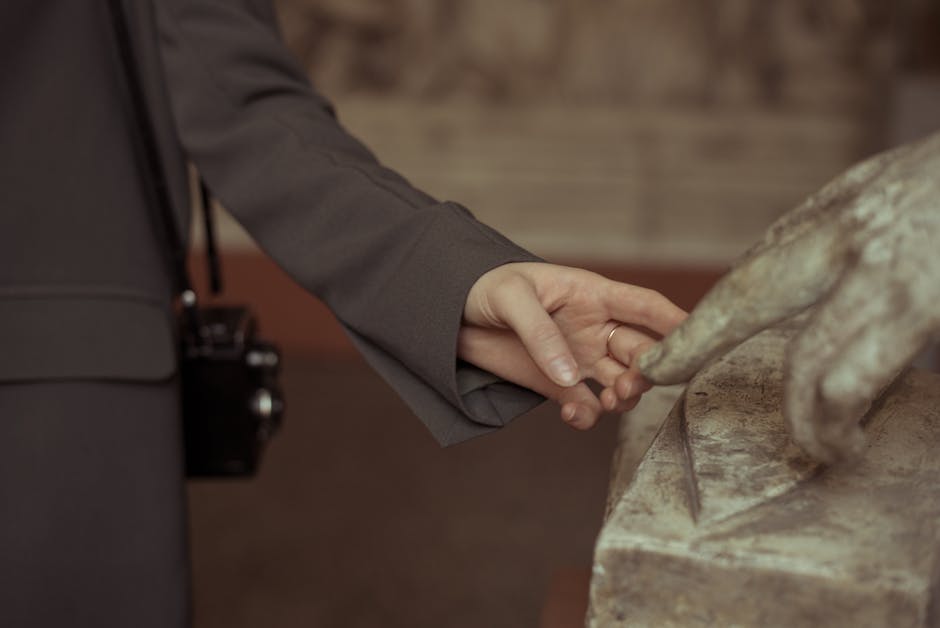
Unlocking the Hidden Meanings of Hand Gestures in Different Cultures
Hand gestures have been an integral part of human communication for centuries. They convey meanings and emotions that often transcend language barriers. In this blog post, we will explore the hidden meanings of hand gestures in various cultures.
In many Western societies, the thumbs-up gesture is commonly understood as a sign of approval or agreement. However, in some Middle Eastern countries, this gesture can be perceived as offensive. Understanding these cultural differences is essential, especially in a globalized world.
The peace sign is another gesture with different interpretations. While it represents peace and tranquility in most cultures, in certain Asian countries, it may symbolize victory or even an insult if it is displayed in a certain manner.
One of the most globally recognized hand gestures is the handshake. While it may seem like a simple greeting, the intensity of the handshake, the duration, and even the hand position can hold various meanings across different indigenous cultures.
Exploring hand gestures in African culture uncovers a rich tapestry of non-verbal communication. From the famous Maasai warrior salute to the Nubian snapping gesture, these hand movements carry deep cultural significance and can convey messages of respect, friendship, or challenge.
Hand gestures in Latin American culture also hold profound meaning. The iconic thumbs-up gesture is commonly used to show approval, while the mano cornuto gesture, made by extending the index and pinky fingers, is believed to ward off evil spirits.
By gaining a deeper understanding of hand gestures in different cultures, we can navigate intercultural communication more effectively. Respect for cultural norms and awareness of the potential hidden meanings behind hand gestures enable us to foster better connections and build stronger relationships worldwide.
